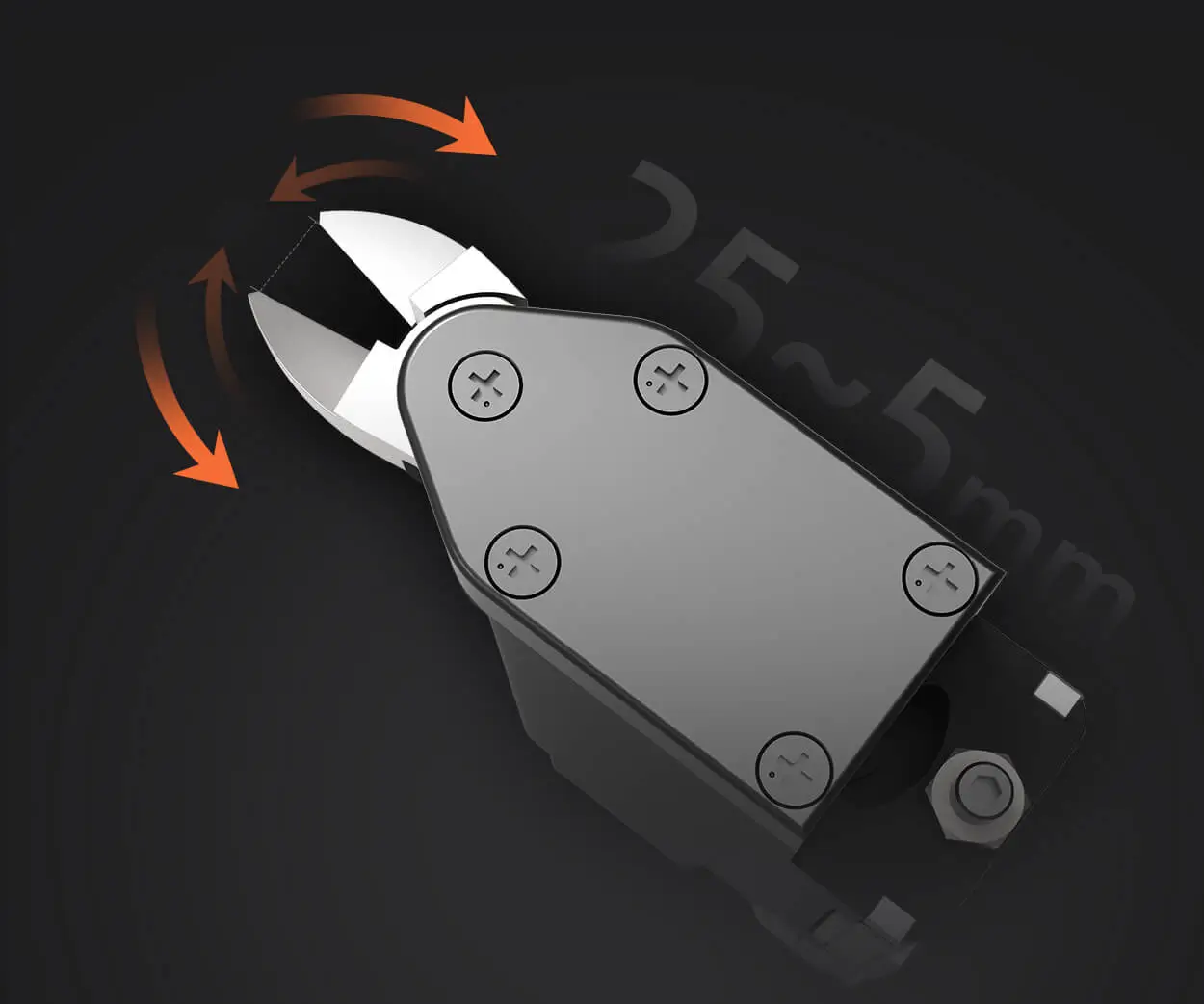The Tiny Powerhouse: Introducing the SG90 Servo Motor
Imagine a device so small yet capable of such precise movement—welcome to the world of the SG90 servo motor. This little dynamo has become a staple in countless robotics, hobbyist, and educational projects, thanks to its affordability, reliability, and excellent performance. Its compact size, measuring approximately 22.5mm x 12.2mm x 28.5mm, makes it an ideal component for devices where space is at a premium, and accuracy is key.

At its core, the SG90 is a micro servo motor, typically powered by a 4.8V to 6V DC supply. Its design includes a small geared motor coupled with a potentiometer to determine position, allowing it to rotate between approximately 0 and 180 degrees with high precision. This movement is controlled via PWM (pulse width modulation) signals, which tell the servo how far to turn and how long to stay in a position.
But what sets the SG90 apart is not just its technical specs—it's how accessible and versatile it is. Hobbyists love it because it’s inexpensive yet reliable enough to be used in complex robotics projects. Education programs incorporate it into lessons on control systems because its behavior underpins foundational concepts. Engineers and designers explore it as a small actuator in prototypes, often complementing it with 3D-printed parts.
Bringing the Digital and Mechanical Worlds Together: The Power of 3D Modeling
Here’s where the journey gets even more engaging: integrating the SG90 with 3D models. Think of the servo motor as the heart of a mechanical system—its 3D representation brings visual clarity and functional precision to a variety of projects. A detailed 3D model of the SG90 can aid in designing custom mounts, enclosures, or entire robotic arms without the guesswork.
Creating a 3D model begins with detailed measurements and technical specifications, including dimensions, shaft type, mounting holes, and connector placements. Software like SolidWorks, Fusion 360, or TinkerCAD can faithfully reproduce the details, allowing designers to simulate how the servo will fit into their setup. By integrating the 3D model into larger assemblies, users can preempt potential issues—like interference with other components or insufficient clearance.
Moreover, 3D models aren’t just static illustrations—they serve as interactive tools for teaching, prototyping, and innovating. Using simulations, designers can animate the servo's movement, visualize how forces distribute across mounts, and optimize designs in a digital environment before physical fabrication. This synergy between the physical component and its digital twin accelerates the development cycle, reduces errors, and sparks creative solutions.
Exploring the Anatomy of the SG90 through a 3D Model
A detailed 3D model allows users to peer inside the servo, understanding each component's role. For example, the casing protects internal gears, which are typically made of plastic to balance weight and durability. The gear train translates the motor's speed into high torque motions at the output shaft. The potentiometer, connected to the output shaft, provides feedback to the control circuit, enabling precision.
Advanced models include separate layers—serving as visual guides—that expose the gears, the motor, and the electronic circuit board. This layered approach is invaluable for troubleshooting or educational purposes. Students can see how the tiny motor interacts with gears, and hobbyists can design custom output arms and fasteners based on the exact mounting points illustrated in the model.
Because the SG90's standard dimensions are well-documented, it's possible to find or create high-fidelity 3D models as open resources. These models often include detailed annotations, material suggestions, and fixture points to streamline integration into larger projects. They also support modular design, allowing users to swap parts or modify components for specialized applications.
Applications Maximized by 3D Modeling
Beyond individual projects, the true power of the SG90's 3D model lies in its application to complex systems. For instance, in robotics, integrators design custom robotic arms with multiple servos working in unison. The 3D models help ensure each servo fits perfectly within the arm, aligns with the motion range, and connects seamlessly with other parts.
In animation or kinetic art, creators use 3D models of the servo as part of moving sculptures, where precise movement and aesthetic integration matter. For educational kits, 3D models serve as a blueprint enabling students to understand how the servo’s internals function, fostering deeper engagement with mechanics and electronics.
Designers also leverage these models in creating enclosures that protect the servo from dust, moisture, or impact, especially in outdoor applications. A well-designed housing modeled precisely on the servo's dimensions can significantly extend the lifespan of the component, making projects more durable and reliable.
The Future of the SG90 and 3D Modeling: A Creative Symbiosis
As 3D printing becomes more widespread and affordable, the combination of detailed servo models with rapid prototyping opens up vast possibilities. Imagine designing a tiny robotic hand controlled by multiple SG90 servos, all housed in lightweight, custom-made enclosures. You can print a full assembly, test its fit, and refine it—all in a digital space before making the physical leap.
In the realm of DIY robotics, this seamless integration enables enthusiasts to craft personalized robotic projects, from miniature humanoids to automated camera gimbals. The 3D models empower users to explore complex mechanisms and push boundaries, transforming ideas into tangible realities without waiting in line at a manufacturing shop.
Looking ahead, software that simulates servo behavior, combined with detailed 3D models, might even incorporate AI-driven design suggestions. This synergy could lead to smarter, more efficient prototypes that are optimized for performance and aesthetics.
In summary, the SG90 servo motor is more than just a tiny actuator—it's a gateway to limitless innovation when paired with detailed 3D models. From educational learning kits to sophisticated robotics, understanding its design through 3D visualization unlocks new levels of creativity, precision, and functionality.
Kpower has delivered professional drive system solutions to over 500 enterprise clients globally with products covering various fields such as Smart Home Systems, Automatic Electronics, Robotics, Precision Agriculture, Drones, and Industrial Automation.




































